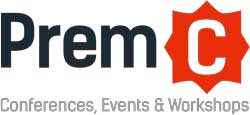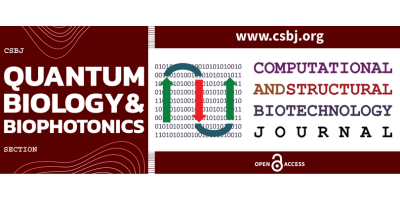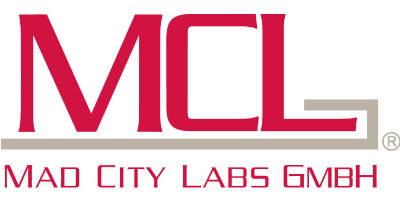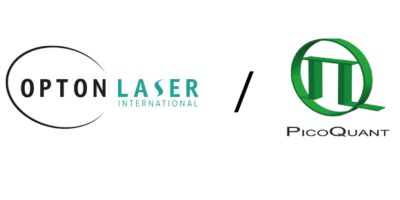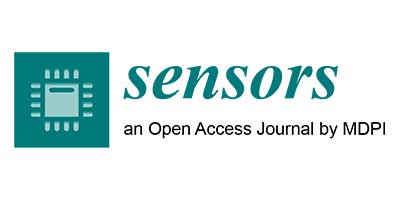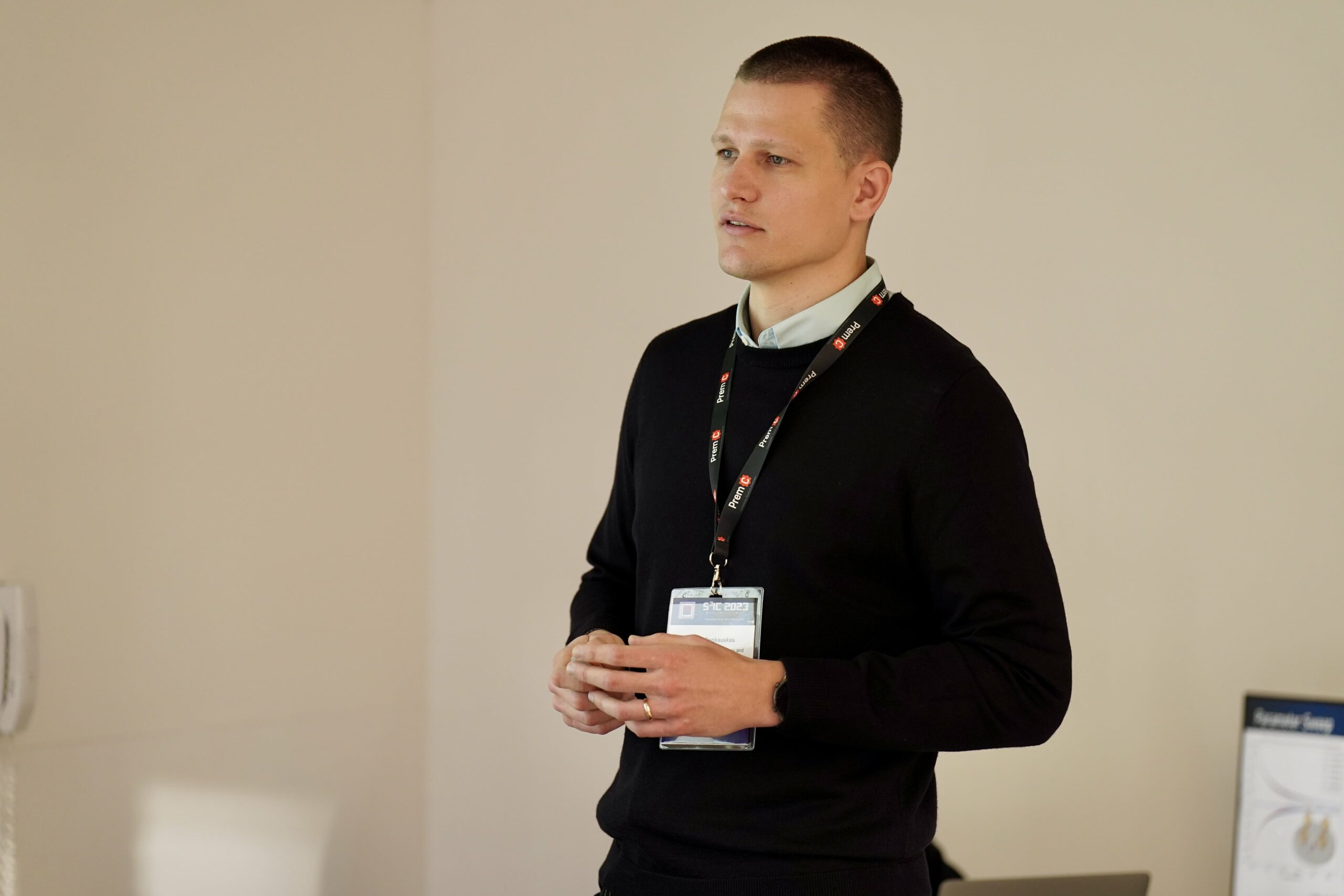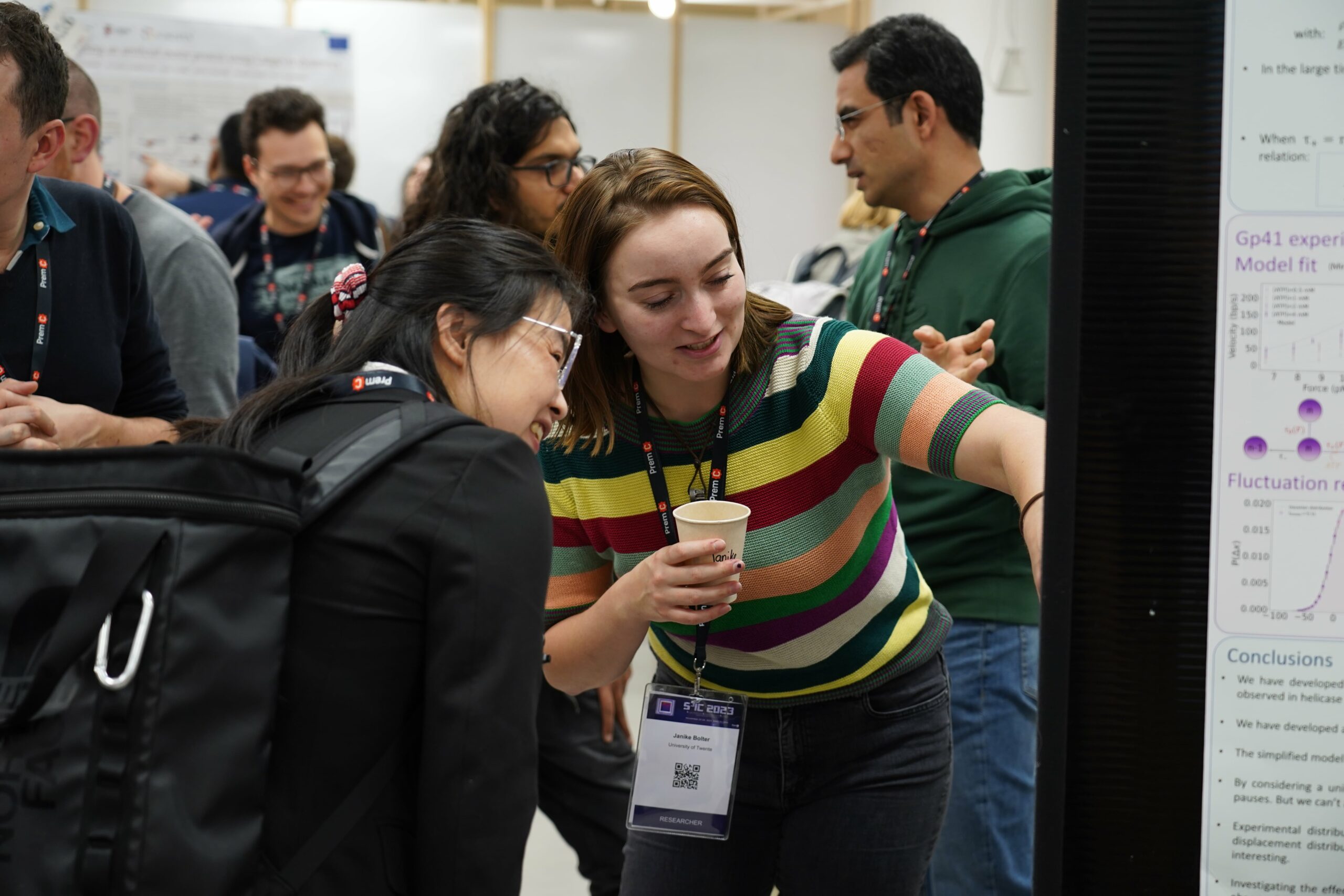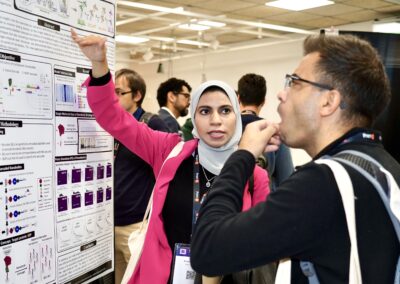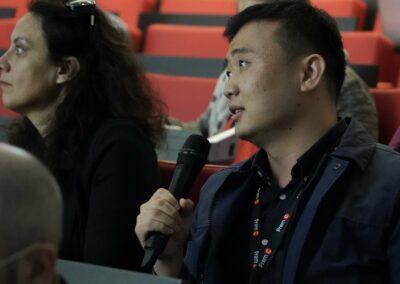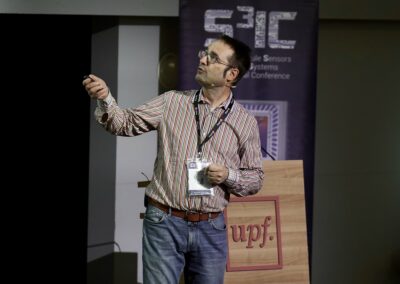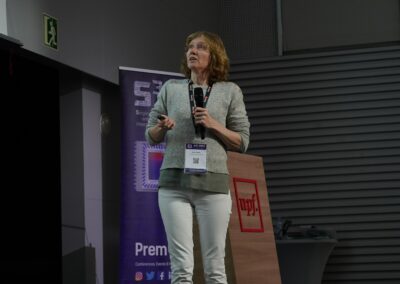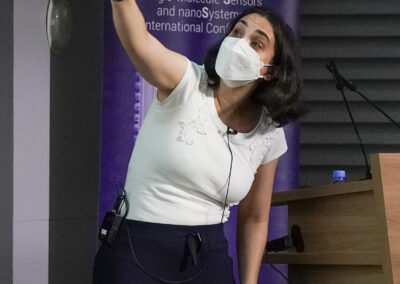Single-Molecule Sensors and NanoSystems International Conference – S3IC 2024
Sensor systems exhibit extraordinary sensitivity for detecting physical, chemical, and biological entities at the micro/nanoscale. The detection and analysis of molecules on miniature devices that have many possible applications in health, environment, analysis, and security is particularly exciting. A new class of label-free micro and nanosensors is starting to emerge allowing us to observe dynamic processes at the single molecule level directly, with unprecedented spatial- and temporal resolution and without significantly affecting the natural and functional movements of the molecules. Micro- and nanosensors by virtue of their small interaction length probe molecules over a dynamic range often inaccessible by other techniques. Their small size enables an exceedingly high sensitivity, and the application of quantum optical measurement techniques can allow us to approach or surpass classical limits of detection. Advances in optical and electrical measurement methodology, laser interferometry, quantum optics, micro/nanofluidics, control of molecules and reactions at the nanoscale, DNA origami/synthetic molecular machines, in-vivo and wearable sensing materials, all contribute to the rapid progress of the field of Single Molecule Sensors and nanoSystems. It is this convergence of previously often disparate fields that is accelerating the advancements in micro and nano-sensing.
This conference will bring together researchers in the rapidly advancing field of Single Molecule Sensors and nanoSystems on October 28-30, 2024 in Paris. The conference focuses on the most recent advances in micro and nano-sensing techniques that have either demonstrated single-molecule detection or that can advance or contribute towards single-molecule detection capability on sensor chips in the longer term.
TOPICS
Submission deadline: July 26th
Day(s)
:
Hour(s)
:
Minute(s)
:
Second(s)
CHAIRMAN
Prof. Frank Vollmer
University of Exeter, UK
CO-CHAIRMAN
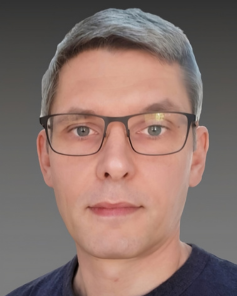
Prof. Jerome Wenger
Fresnel Institute, Marseille, France
PLENARY SPEAKERS
Prof. Jeremy Baumberg
University of Cambridge, UK
Prof. Vincent Croquette
ESPCI, France
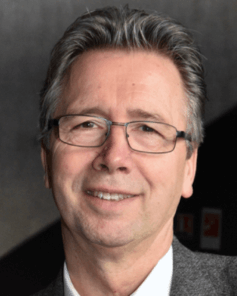
Prof. Thomas Ebbesen
Université de Strasbourg, France

Prof. Reuven Gordon
University of Victoria, Canada
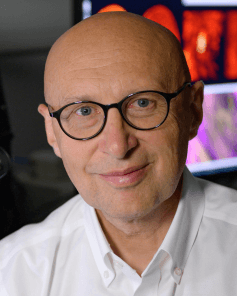
Prof. Stefan Hell (online)
Max-Planck-Institutes, Germany
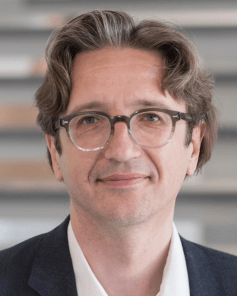
Prof. Fedor Jelezko
Universität Ulm, Germany
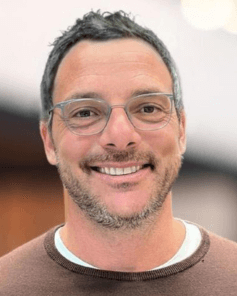
Prof. Philipp Kukura
University of Oxford, UK
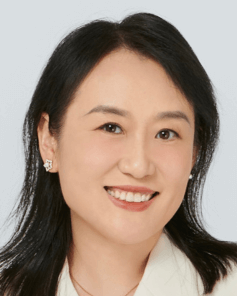
Prof. Laura Na Liu
University of Stuttgart, Germany
Prof. Aleksandra Radenovic
Ecole Polytechnique Fédérale de Lausanne, Switzerland
Dr. Brian Reed
Quantum-Si, USA
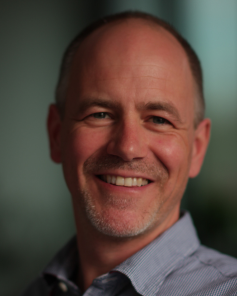
Prof. Philip Tinnefeld
Ludwig-Maximilians-Universität München, Germany

Prof. Ronald Walsworth
University of Maryland, USA
INVITED SPEAKER
Dr. Martin Baaske
Max-Planck-Institute of Biophysics, Germany
Dr Patricia Bassereau
Institut Curie, France
Dr. Laurent Cognet
Institute of Optics Bordeaux, France
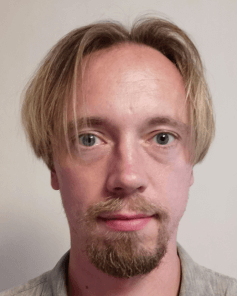
Prof. Andreas Dahlin
Chalmers University of Technology, Sweden
Prof. Joerg Enderlein
Georg-August-Universität Göttingen, Germany
Prof. María García-Parajo
ICFO, Spain
Prof. Randall H Goldsmith
Department of Chemistry, University of Wisconsin-Madison, USA
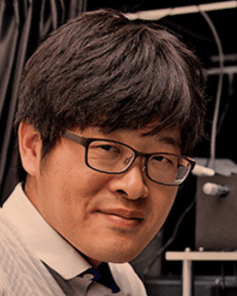
Prof. Chirlmin Joo
Delft University of Technology, Netherlands
Prof. Ulrich Keyser
University of Cambridge, UK
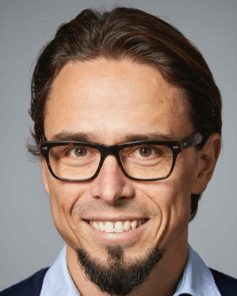
Prof. Christoph Langhammer
Chalmers University of Technology, Sweden
Prof. Jan Lipfert
Utrecht Univesity, Netherland
Prof. Michael Mayer
University of Fribourg, Switzerland
Dr. Peter Zijlstra
Eindhoven University of Technology, Netherlands
POSITION OFFERS
PhD/post doc positions are available in the following labs. Click on the laboratory name for more information:
Application deadline
(start-end dates)
- 6th of May
Laboratory
Type of offer
- PhD studentship
THE CONFERENCE VENUE
Chimie Paris Tech – PSL
11 rue Pierre et Marie Curie, 75005 Paris
FRANCE


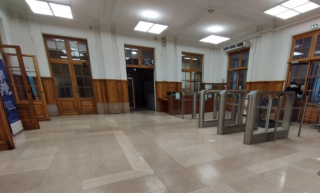
TAKE A LOOK AT THE ABSTRACTS OF S3IC 2023
- Toward on-chip molecular fingerprinting of heterogeneous cell secretomes (more details)
- AAdventures in DNA and chromatin replication using single-molecule biophysics (more details)
- Quantum and quantum-limited methods for molecular imaging (more details)
- Plasmonic and dielectric nanostructures for enhanced light harvesting, emission control, and nanometrology (more details)
- Quantum Advances in Magnetic Resonance: From Nanoscale Resolution to Hyperpolarised MRI (more details)
- Quantum entangling living systems (more details)
- Quantum Biology: past, current and future perspectives (more details)
- Using nanopores to watch enzymes at work (more details)
- Fluorescence-based single-molecule DNA sensors (more details)
- Scaning Ion Conductance Spectroscopy (more details)
- “Quantum Biology”: how nature harnesses quantum processes to function optimally, and how might we control such quantum processes to therapeutic and tech advantage (more details)
- Maxwell Demon that Can Work at Macroscopic Scales (more details)
- Plasmonic Solid State Nanopores for single biomolecule identification (more details)
- Mechanism and function of Smc5/6-mediated DNA loop extrusion (more details)
- Conduction properties of bacterial nanowires probed by Scanning Dielectric Microscopy (more details)
- Pushing the limits of detection of biomolecules with light and machine learning (more details)
- The Mean Back Relaxation: a new observable to quantify non-equilibrium from simple trajectories (more details)
TAKE A LOOK AT THE ABSTRACTS OF S3IC 2020
- Co-temporal Force and Fluorescence Measurements Reveal a Ribosome Gear-shift Mechanism of Translation Regulation by mRNA Secondary Structures (more details)
- Nanopores, from single-molecule biology to single-molecule protein sequencing (more details)
- Topological plasmonics: Watching ultrafast vector movies of plasmonic skyrmions on the nanoscale (more details)
- Making the Tiniest Machines (more details)
- New Developments in Single-Molecule Super-Resolution Imaging and Tracking (more details)
- Quantum Control of Nanoscale Quantum Sensors (more details)
- Molecular motors – from single myosin molecules to functional ensembles (more details)
- Detecting molecular properties with a quantum sensor (more details)
- On-surface reactions and single-molecule charge transitions controlled by atom manipulation (more details)
- Single molecule devices addressed with atomically confined photons (more details)
- High-throughput, High-resolution Force Spectroscopy: From the Centrifuge Force Microscope to Programmable DNA Nanoswitches (more details)
- Challenges and Opportunities in Single-Molecule Electronics (more details)
- Ultra-sensitive mRNA and protein biomarkers quantification using solid-state nanopores (more details)
- Folding Funnel of Protein Barnase Measured with Calorimetric Force Spectroscopy (more details)
- Dissecting kinesin’s gait: Ultraresolution optical trapping using germanium nanospheres (more details)
- Advances in inorganic voltage nanosensors (more details)
- Single-molecule plasmon sensing guided by super-resolution microscopy (more details)
TAKE A LOOK AT THE ABSTRACTS OF S3IC 2019
- Sensing And Fluorescence Enhancement Of Single Molecules By Nanoparticles (more details)
- Molecular Optomechanics On Single Molecules (more details)
- Protein Pores As Nanoreactors For Single-Molecule Covalent Chemistry (more details)
- Chiral Plasmonic Sensing And Silicifying Dna Materials (more details)
- Sub-10-Nm Gap Devices For Single-Molecule Trapping And Detection (more details)
- Bringing Electrostatics To Light: Electrometry Probes A New Dimension At The Molecular Scale (more details)
- Dual Responsive Fluorescent Nanodot For Simultaneous Use In Super Resolution And Electron Microscopy (more details)
- Utilizing Plasmonic Hot Electrons For Bridging Top-Down And Bottom-Up Nanofabrication And For Sub-Wavelength Absorption Imaging (more details)
- Nanoaperture Optical Tweezers For Single Biomolecule Studies (more details)
- Ultrafast Optical Tweezers (more details)
- Can We Build A Single-Molecule Mri Scanner? (more details)
- Label-Free Optical Sensing Using Plasmonic Nanopores (more details)
- In-Situ Conformational Tracking Of Biomolecules Using Chiral Optical Force Microscopy (more details)
- Electronics Based On Biomolecules (more details)
- Quantum Sensing In A New Single-Molecule Regime (more details)
- Synthetic Biology Of Minimal Cells (more details)
- Tracking Ultrafast Single Molecule Dynamics (more details)
- Engineering The Nanoparticle Corona For Single Molecule Sensing At New Biological Interfaces (more details)
- Weighing Single Molecules With Light (more details)
- Bessel Plasmon Sensing (more details)
- Optoplasmonic Sensing Of Single Molecules (more details)
WHAT PEOPLE SAY ABOUT THE PAST EDITIONS
The Single-Molecule Sensors and NanoSys International Conference...Inspiring and well-organised conference
— Dr. Othman Al Habish (@ALGHAMDIOthman) November 24, 2023
Many thanks for making this conference diverse and multidisciplinary presenting cutting-edge techs. I was honored to be involved!@scicollege
#S3IC2023@S3IC_Conference pic.twitter.com/DVVH8gSugg
Fantastic #S3IC2023 conference in Barcelona on Single-molecule sensors 🧬🦠 Plus always extra fun when it's an old labbies reunion 🙂 #newPIs @eugene_kim__ @sergiipud pic.twitter.com/QCTff17g2W
— Sabina Caneva (@SabinaCaneva) November 24, 2023
Inspiring days in Barcelona at the @S3IC_Conference where Martin presented the last #quantum advances in NMR: from nanoscale resolution to hyperpolarisation ✨Happy to share thoughts about the future of #QuantumBio at the panel discussion with such an amazing team 👏 pic.twitter.com/SydtCG2xQw
— Ulm's Institute of Theoretical Physics (@qubit_ulm) November 24, 2023
Single molecule sensors conference,#S3IC2019 An excellent selection of plenary speakers! >
— Amit Finkler עָמִית פִינְקְלֶר عـميت فينقلر @finklerian April 4, 2019
Trapping of single vesicles or proteins for MINUTES - label-free by dielectrophoresis (A/C) or plasmonic nano-coax structures. Wow! Impressive talk by @OhLabUMN at #S3IC2019
— SonjaSchmid @sciSonja April 3, 2019

